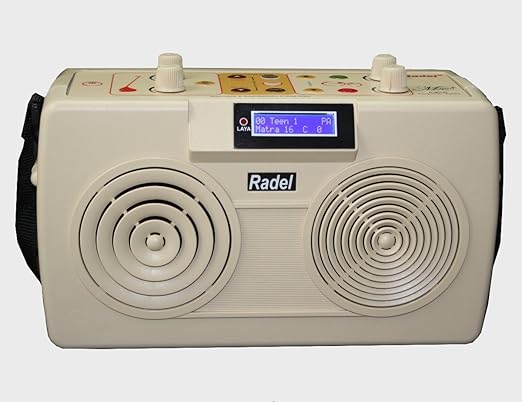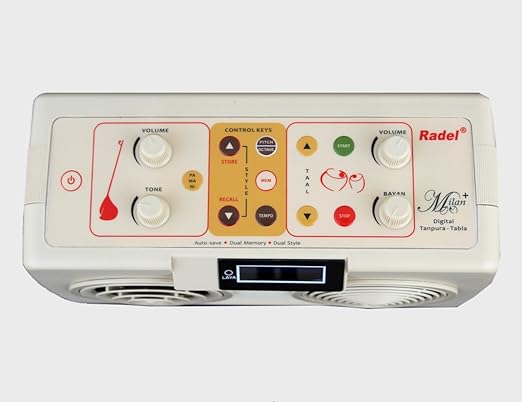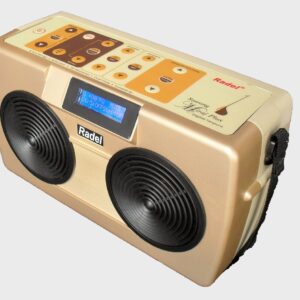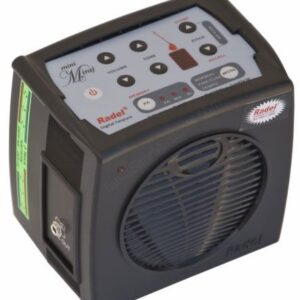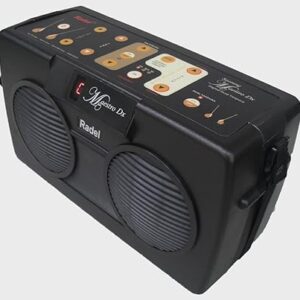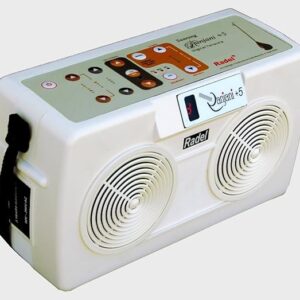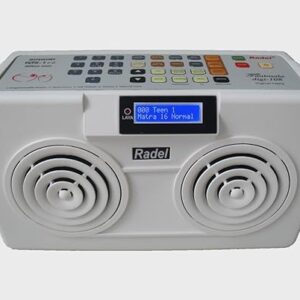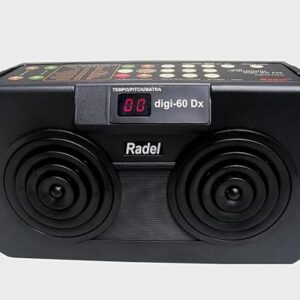Description
Digital Tanpura And Tabla- Milan Plus (Radel)
Special Features:
Nice sound & quality. Small & light weight to carry.
Delivery Time: 7-10 Working Days after Successful Payment.
For More information SMS 7300 Name Email Country and Send to +919830066661
N.B: All prices are inclusive of Shipping (International Air Mode)/ Packing/ Tax/ Insurance. No hidden cost. Read our Terms & Conditions, Privacy Policy and Shipping Policy.
In The Box: Digital Tanpura And Tabla- Milan Plus (Radel), Bag
History (Wikipedia):
From where we get Electric Tanpura- Small history below:
Our knowledge about the instrument is from Wikipedia. As per Wikipedia, we shared this small history to let our customers know about the history. Mr. G. Raj Narayan first invented the electronic tanpura in 1979, as an engineer-flautist from Bangalore, India, and subsequently demonstrated it at the annual conference of the Music Academy Chennai in December that year. Moreover, the company he founded, Radel Electronics, manufactured the products. Initially, the first versions’ creators used the technology then available, specifically utilizing discrete components and transistors. However, in the late 1990s, these models using sampled recordings of the traditional tanpura on a chip replaced the earlier versions. Subsequently, in the 2000s, developers began producing tanpura mobile apps.
Furthermore, in 2016, researchers at the Sonic Arts Research Center of Queen’s University Belfast developed a mathematical model of a tanpura. Finally, in 2018, the developers released Pocket Shruti Box, an Android app that implemented this model. Musicians may also call it an electronic tambura, electronic shruti box, or simply shruti box. In addition, nowadays, mobile phones provide it. Traditionally, one or more tanpura players often provide the drone, especially for vocal performances.
Consequently, creators designed the electronic tanpura as a marketable, practical solution for instrumentalists, who cannot readily avail themselves of able tanpura players for their long hours of private practice due to having their hands otherwise engaged. Typically, the electronic tanpura features one or more dials to control the tone and volume and may include other switches and buttons that allow musicians to save and use a certain pitch and volume again at a later time. In summary, the range typically spans one to two octaves. This provides a basic history of the instrument.
